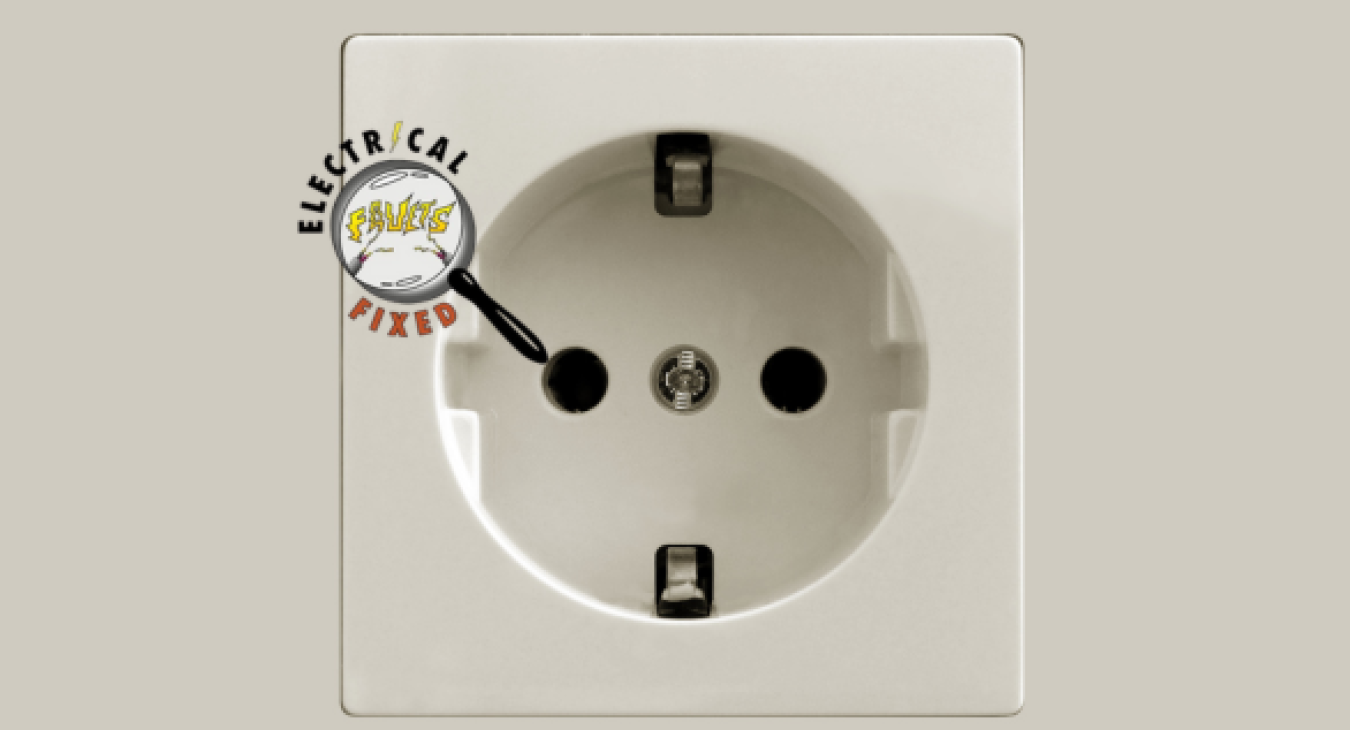Electrical Outlets should last around 20-30 years assuming they are not overloaded, misused, and installed in accordance with the manufacturer’s instructions.
Table of Contents
- Aging Electrical System and Older Homes
- Repairing a Loose Outlet
- Replacing Outlets Safely
- How does dust, moisture and debris affect socket lifespan?
- Ground Fault Circuit Interrupter and Residual Current Devices
- How are electrical outlets and sockets installed for long lifespan?
- Common signs that old outlets need replacing
- Conclusion
There are circumstances that may affect the lifespan of the outlets such as frequent circuit breaker trips, heavy loading, dusty or dirty conditions, moisture ingress and loose connections. We also have to consider the original build quality of the electrical outlets when considering how long they will last. Whilst there are minimum standards to which electrical outlets are constructed, better build quality and materials used during the original construction will mean a longer life when all things are considered. Click offer a 25 year warranty on their mode range
Back to top1) Aging Electrical System and Older Homes
Wherever the electrical system is beginning to show signs of age and there are old or faulty outlets present, this will mean that their lifespan reduces more quickly. Once the deterioration begins it can often accelerate. Take a faulty outlet for instance. If an outlet becomes faulty and no longer works properly, we are likely to shift the electrical loads that were used in that particular outlet and move them to a new outlet.
Moving additional loads onto working outlets and using extension cords or power strips can place additional stress on the remaining electrical outlets as well as risking damage to the extension cords and strips. This not only increases the risk of electrical fire but can mean an overloaded circuit or overloaded outlets. When placing additional stress on older outlets, this can accelerate their deterioration and reduce their remaining lifespan.
Back to top2) Repairing a Loose Outlet
Where a plug socket or electrical outlet has become loose, it is imperative that the situation is examined by a professional electrician as soon as possible. Without repairing electrical issues like this, further electrical problems can develop. You may find that loose wiring is present behind the outlet, a burning smell develops or signs of damage appear on the face of the outlet.
Back to top3) Replacing Outlets Safely
When considering replacing plug sockets or electrical outlets it may appear to be a relatively simple job on the face of things. In fact, a number of issues can occur when replacing plug sockets and outlets in the home.
Electrical Shock
A qualified electrician will first determine the number of outlets that require replacing and locate which circuit breakers provide the supply to them. The electrician will take the necessary steps to safely disconnect the electricity supply and ensure that safe isolation is followed. There are special tools required to carry out safe isolation procedures including approved voltage indicators, locking off devices and notices. All of these steps are carried out to minimise the risk of electric shock.
Damaged Socket Lugs
When replacing socket outlets that are particularly old, the lugs in the back box can become threaded as screws are removed. In damp conditions, rust can develop making it impossible to remove screws from the back boxes. In cases where the socket lugs in the boxes have become damaged, these will need to be repaired. In some cases, it may be necessary to replace the socket box.
Faulty Wiring
Before any sockets are swapped over, an electrician will perform some testing on the circuit(s) that are being worked on. Amongst other tests, the electrician will normally check the resistances on the circuit to ensure that there are no loose connections. They will also ensure that an earth is present at each point, check the cable insulation quality and ensure that circuit breakers have enough fault current to disconnect the circuit when a fault appears. Any issues with faulty wiring should be rectified before the new work is signed off.
Short Electrical Wiring
It is not uncommon to remove old electrical outlets and plug sockets to discover that the existing wiring is too short to reach the terminal positions on the new sockets. Manufacturers will not all place the Line (HOT), Neutral and CPC terminals in the same places on socket outlets. If wiring is too short, it should not be manipulated into place and forced back in. Wiring should be safely extended to reach the new terminal positions. Wiring that is not extended and placed under mechanical strain can lead to an electrical arc, loose wires and other electrical hazards.
Standard Outlet
There are different types of wall socket that can be purchased but not all will fit into old socket boxes. These days, flat plate metal accessories are very popular as they provide a nice sleek aesthetic and blend with modern decor. These outlets often require a much deeper box than standard in order to be safely installed. Replacing socket boxes can mean more work, mess, and expense in order to achieve a sleek finished look and safe electrical outlet replacement.
Back to top4) How does dust, moisture and debris affect socket lifespan?
I think we can all agree that wet electrical outlets are a danger as electricity and water do not mix well. General moisture, however, may not be an issue for sockets in the short term but over time, the internal metal contacts and moving parts can corrode causing a high resistance, heat build-up and premature aging of the socket outlets.
Dust and debris can also affect the workings of the socket by not only jamming up the mechanism but by providing a resistive layer on the internal metals of the socket.
Back to top5) Ground Fault Circuit Interrupter and Residual Current Devices
If your breaker box, fuse box or consumer unit is outdated, there is a good chance that your sockets will not have adequate protection against electric shock. This can be solved by ensuring each new electrical outlet is a GFCI outlet or RCD socket but these can be expensive and unattractive. It is often best to place the electric shock protection device at the origin of the electrical circuit in the consumer unit or breaker panel.
These protective devices measure the electrical currents flowing around the circuit and detect when tiny electrical currents go astray. These electrical currents leak to earth (earth leakage) through faulty appliances, faulty electrical outlets, or electric shocks through our bodies. When any small current leakage is detected, the flow of electricity is interrupted by a GFCI or RCD device.
Back to top6) How are electrical outlets and sockets installed for long lifespan?
Avoid placing new outlets in places where they are liable to have a harsh life. This can mean avoiding too many outlets near a water source, in a humid laundry room or in dusty areas. If your outlets are to be used in a laundry room then ensure there is adequate ventilation, extraction for humidity and site the sockets away from water sources. In dusty areas, consider using sockets designed for that location such as those with dust covers.
Back to top7) Common signs that old outlets need replacing
There are a number of common signs that your electrical outlets should be replaced. You can read more about these in our article 12-signs-your-electrical-outlets-need-replacing-home.
Back to top8) Conclusion
Modern homes are not likely to need replacement outlets for some time but regular inspection by a professional electrician is vital to keep your home safe. Electrical repairs should be carried out to ensure that the lifespan of your wiring and electrical devices is maximized.
It is not wise to wait until electrical outlets begin to fail, switches trip on a daily basis or extensive repairs are needed. A bad electrical outlet should be tackled immediately and may be a warning sign that the rest of your electrical outlets are getting close to failure. Bear in mind that socket outlets may not show any outward signs of failure, a bad outlet begins on the inside or at the rear terminals.
By the time you see cracks, scorch marks or discolouration on the outlet there is already potential wiring damage at the rear of the outlet!
Back to top

